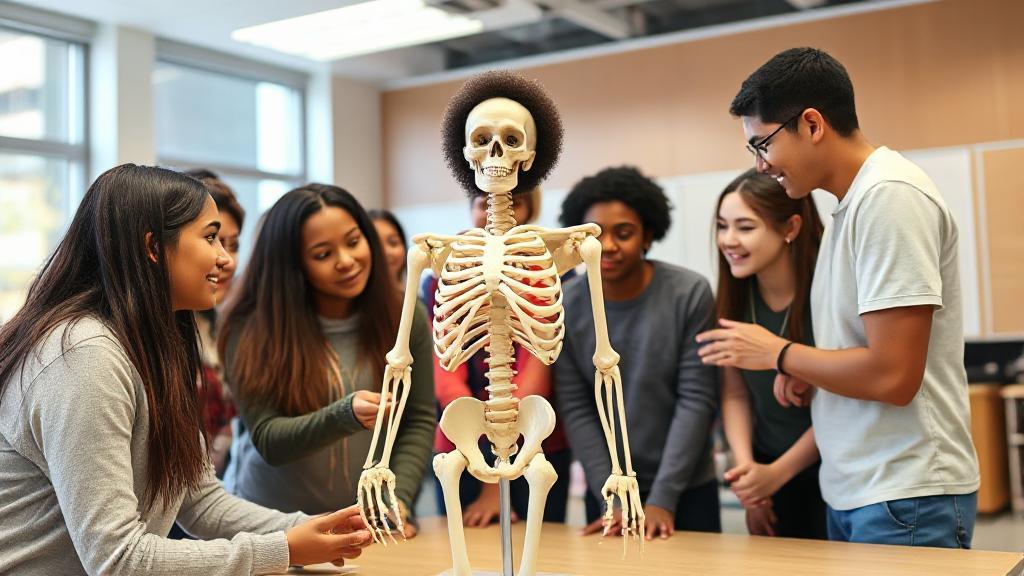Introduction to Physical Therapy
Physical therapy is a rewarding healthcare career that involves helping patients improve their physical function, manage pain, and recover from injuries, illnesses, and surgeries. As the demand for healthcare services continues to grow, the need for qualified physical therapists is on the rise.
Academic Prerequisites
Before entering a Doctor of Physical Therapy (DPT) program, students must complete a bachelor's degree with specific prerequisite coursework, including:
- Biology with lab
- Chemistry with lab
- Physics with lab
- Anatomy and Physiology
- Psychology
- Statistics
- Mathematics (usually through pre-calculus)
While there is no specific undergraduate major required, students often pursue degrees in:
- Biology
- Kinesiology
- Exercise Science
- Health Sciences
Most successful applicants maintain a GPA of 3.5 or higher in prerequisite courses to remain competitive.
Doctor of Physical Therapy Program
The DPT has become the standard entry-level degree for physical therapists in the United States. Here are key aspects of DPT programs:
Classroom Education
- Advanced anatomy and physiology
- Biomechanics
- Clinical pathology
- Neuroscience
- Pharmacology
- Physical therapy interventions
- Evidence-based practice
Clinical Experience
Clinical experience is a critical component of DPT programs. Students must complete several clinical rotations, usually totaling 27-39 weeks across different settings:
- Acute care facilities
- Outpatient clinics
- Rehabilitation centers
- Specialty practices
"Continuing education is a crucial component of maintaining licensure and staying current with best practices in the field." - Commission on Accreditation in Physical Therapy Education
Licensure and Certification
After earning a DPT degree, candidates must:
- Pass the National Physical Therapy Examination (NPTE)
- Obtain state licensure
- Complete any additional state-specific requirements
It's important to check with the specific state's licensing board for detailed information, as requirements vary by state.
Post-Professional Education and Specialization
Many physical therapists pursue additional certifications and specializations through the American Board of Physical Therapy Specialties (ABPTS):
Board Certifications
- Orthopedics
- Sports
- Neurology
- Pediatrics
- Geriatrics
- Women's Health
Career Advancement
Physical therapists can advance their careers through:
- Clinical specialization
- Research and academia
- Private practice ownership
- Healthcare administration
- Consulting
Maintaining Licensure
To maintain an active license, physical therapists must:
- Complete required continuing education units (CEUs)
- Maintain current CPR certification
- Comply with state-specific requirements
- Renew license periodically (varies by state)
For more information on physical therapy careers and education, visit the American Physical Therapy Association (APTA) website. The Bureau of Labor Statistics projects continued growth in the field, making it an attractive career choice for those willing to invest in the required education and training.
